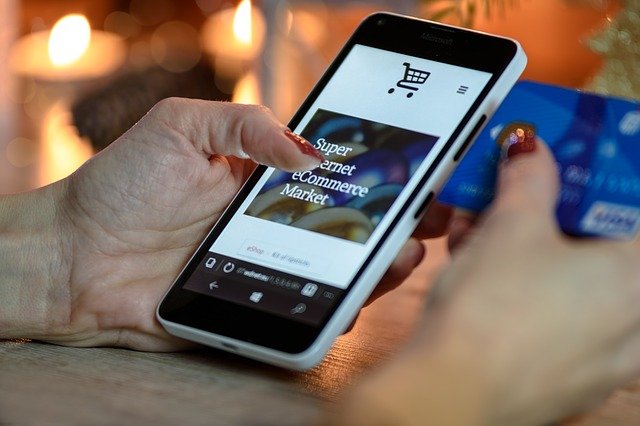
The rising number of people using eCommerce sites and paying for online services has led to an ever-greater demand for suitable payment methods. This has led to new approaches being created and existing ways of paying evolving to meet the needs of modern lifestyles, as we can see in these examples.
The Rise of Cryptocurrencies
One of the most interesting trends in recent years has been the way that cryptocurrencies have made a significant impact on our lives. The Bitcoin network didn’t exist until 2009, and, in May of the following year, the first online purchase using it had been made, with 10,000 BTC used to buy a couple of pizzas. By the start of the following year, a single Bitcoin was worth $1 before racing to $31 a few months later.
Cryptocurrencies haven’t become a mainstream payment method yet, but they are gaining ground. A look at the banking methods accepted by online betting providers shows that some sites have started to accept Bitcoin. This method now sits alongside the likes of Skrill, PayPal, and bank cards, giving customers a different way of banking on secure sites that use cutting-edge encryption for greater safety.
We have also seen Bitcoin being used for large purchases, such as when the first real estate purchase was made with BTC. This occurred in 2017, when a property in Austin, Texas was bought in this way for an unconfirmed amount. It is believed that the speed and transparency of cryptocurrencies could persuade many of us to carry out large purchases in this way in the future.
The Evolution of Electronic Wallets
Some sources suggest that the very first digital payments were carried out in Finland in 1997, with Coca Cola vending machines giving customers the chance to pay using text messages. It wasn’t long after that before we could pay digitally using PayPal, with the first version of their payment system coming out in 1999. The PayPal IPO in 2002 raised $61 million and is now said to have about 330 million customers carrying out more than 15 billion payments a year.
Google launched their mobile wallet in 2011, with Apple Pay coming a couple of years later and then Samsung Pay joining the market in 2015. While the original online wallets remain popular, they could be overtaken by mobile wallets before too long, with the number of mobile users believed to have now passed the billion mark.
Among the advantages of using a wallet is that it gives consumers a safe place to store money without linking to their main bank account or cards. It provides an easy way of sending money to merchants around the world and there are now lots of options, with names like Skrill, Neteller, and Venmo each gaining large shares of the market. Meanwhile, for land-based purchases proximity payments are likely to be made by half of all American smartphone users by 2025.
Prepaid Cards Are Still Popular
The idea of prepaid cards has been around since the 1980s, offering the chance for people to use them as gift cards, or for those who don’t have a standard bank card to receive money and pay for purchases. Once online shopping became more popular, the need for prepaid cards rose, as those who didn’t have a card suitable for online use, and those who didn’t want to use their main card online, saw this as a convenient workaround.
While more people around the world now want to pay online than ever before, there are about two billion of us who can’t get access to traditional banking facilities for one reason or another. The introduction of mobile-only banks with less strict criteria should help lower this number, although ICOs such as Humaniq and Desto have tried to use the blockchain to solve this issue in a different way.
Yet, prepaid cards remain popular, whether is it for food delivery services like Foodpanda and DoorDash, or for buying video games and clothes. Bluebird by American Express and the Movo Virtual Prepaid Cards are among the top options, while the Paysafe Card is another way of paying online securely and anonymously without any link to your main bank account.
It seems certain that these ways of paying on the internet will carry on evolving to match our lifestyles and needs, making it easier to use our money for the things we want to buy online without any fuss.
Tags: cryptocurrency


